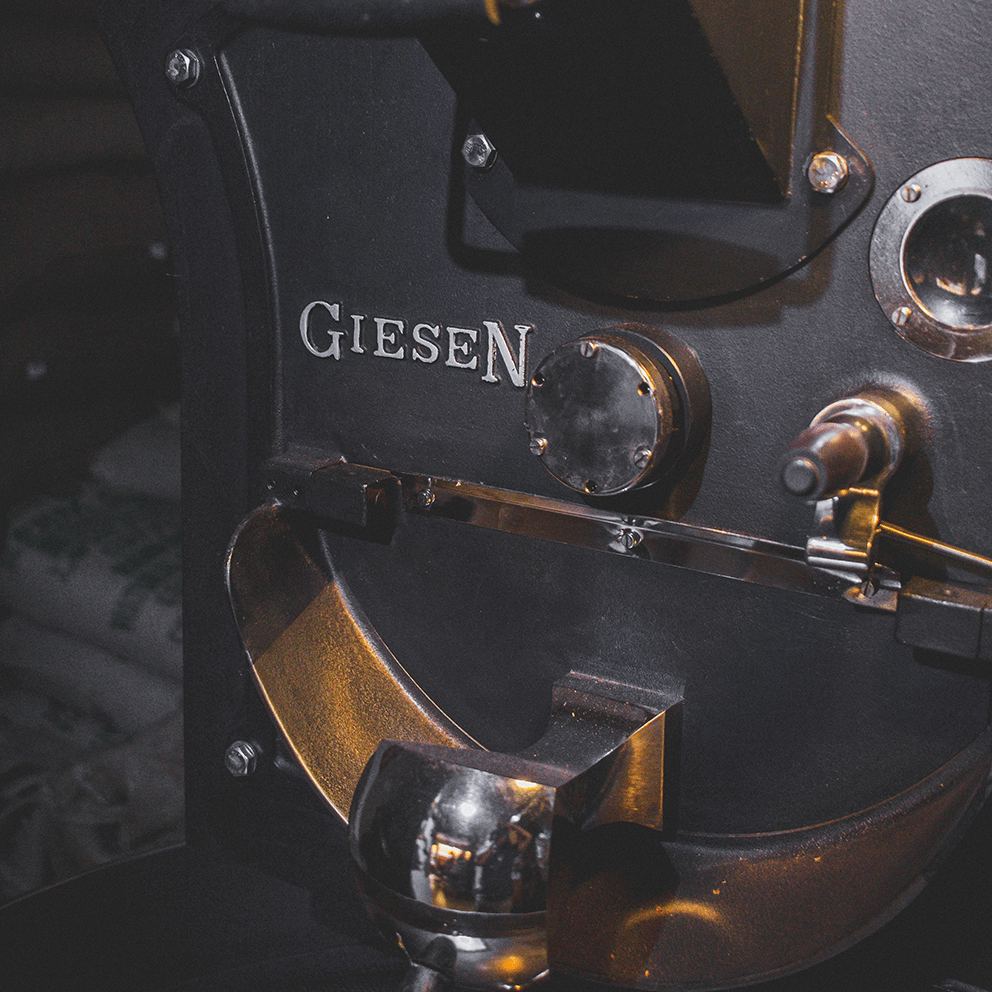The roasting process
The roasting process
Roasting completes the coffee: find out more about this crucial step in perfecting the coffee beans.
Coffee roasting is the process in which the coffee beans are exposed to high heat in order to release their aromatic substances. Dry heating the green coffee under atmospheric pressure revives up to 800 aromas in the beans. The duration and intensity of roasting also influence the taste of the coffee. Light roasts produce a tart, less bitter coffee, while darker roasts taste slightly sweet but also more bitter.
Roasting is determined by two main criteria: the roasting temperature and the roasting time. The process starts at around 100°C and ends at around 220°C. In large roasting plants, roasting normally only takes two minutes at around 500°C – a so-called “turbo roast”. This produces a very bitter aroma. We, on the other hand, use a slow and gentle process in which the beans are roasted at 200°C for around 20 minutes. This traditional drum roasting process produces a milder and fuller-bodied coffee.
After roasting, the beans must be cooled quickly to prevent uncontrolled further reaction. Industrial roasters often use water for cooling, which makes the coffee gain weight but also loses much of its flavor. Our high-quality highland beans, on the other hand, are quickly and immediately air-cooled after roasting. In this way, they retain their characteristic aroma without cooking further.
